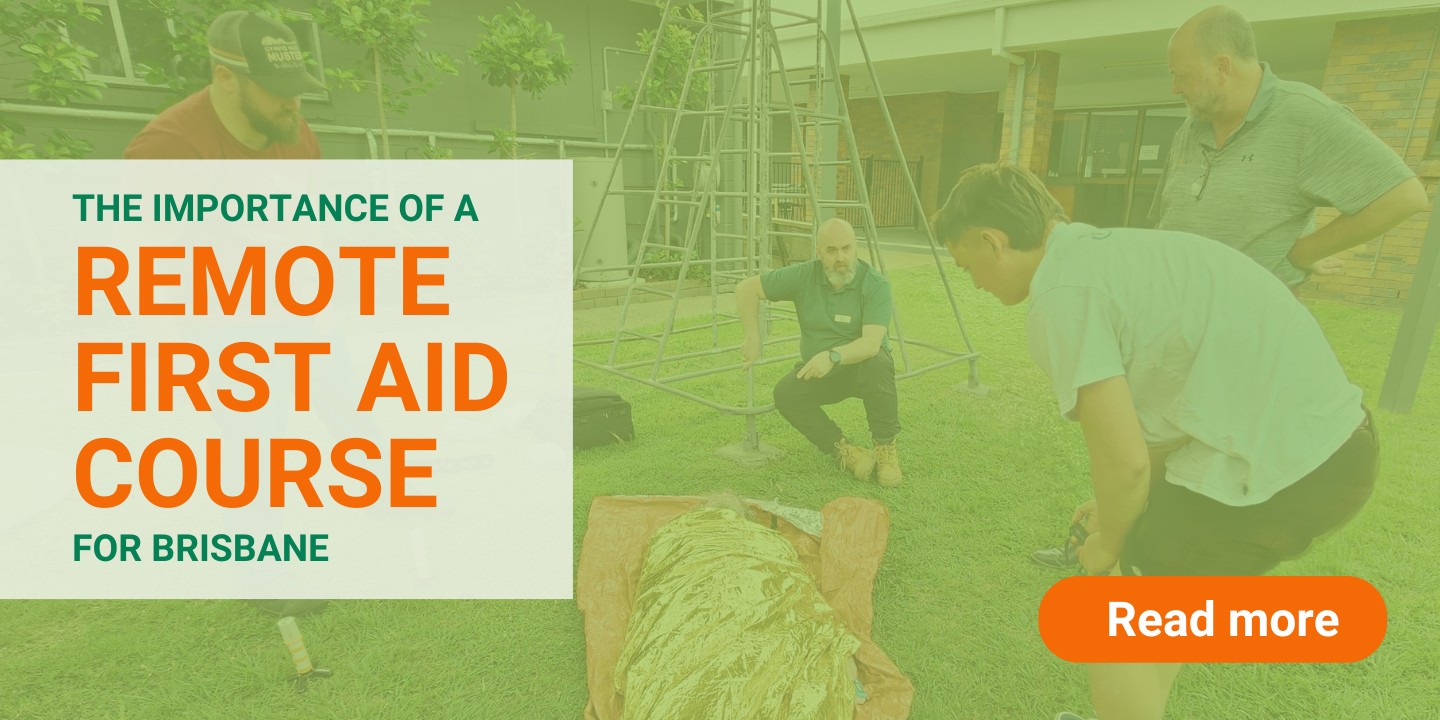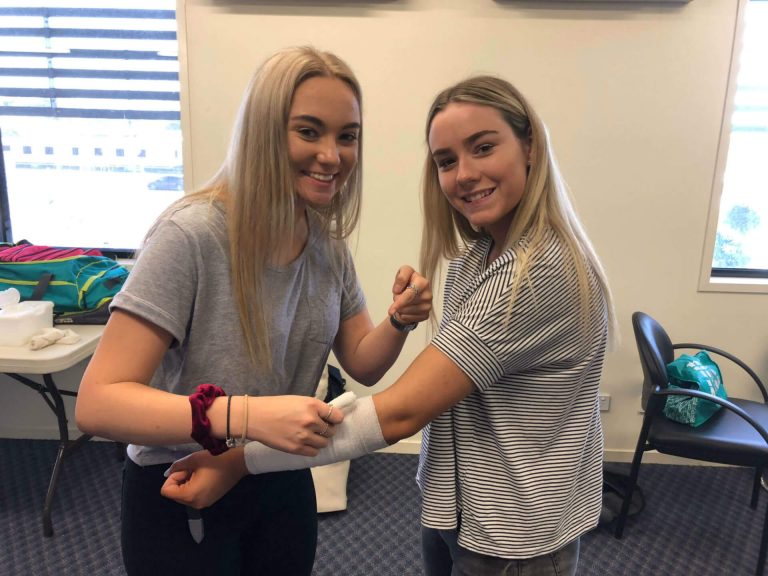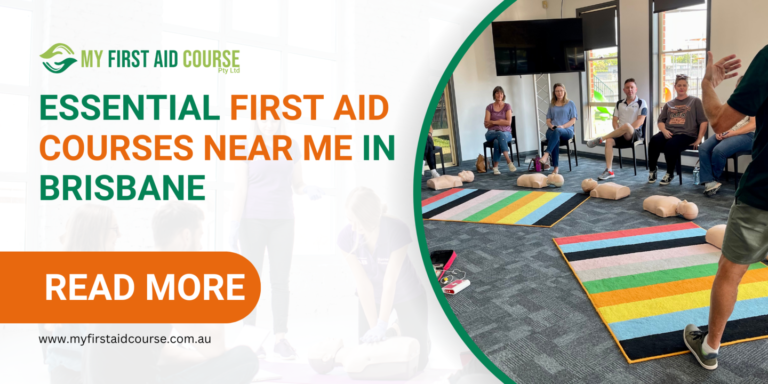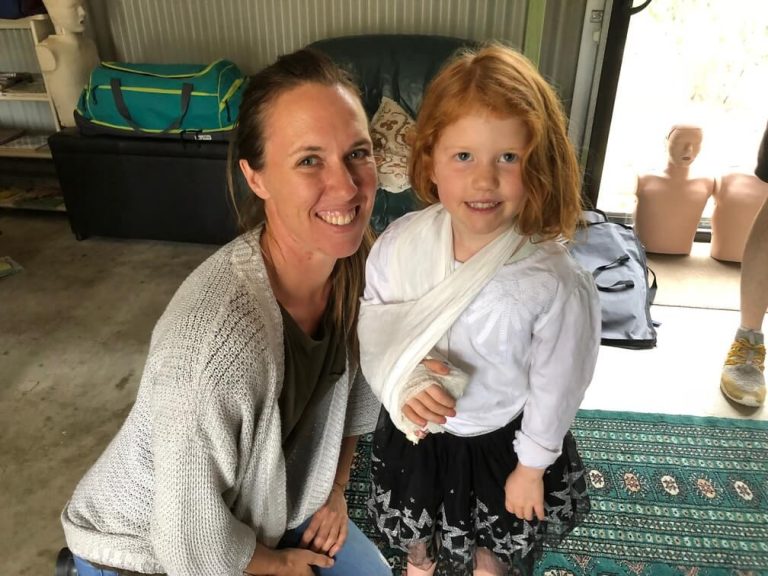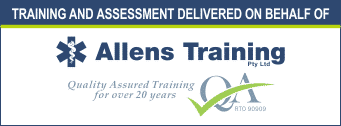Australia, with its boundless beauty and diverse landscapes, is an adventurer’s paradise. From the sun-kissed Outback to the mesmerising waters of the Great Barrier Reef, the land down under offers unlimited opportunities for outdoor exploration. However, with the thrill of adventure comes the responsibility of safety. Will you and your family be prepared for tough terrains, confronting weather, and the possibility of getting lost or injured in areas where help is hours away?
Whether you are an outdoor enthusiast, a remote worker, or a retiree embracing the nomadic lifestyle, the HLTAID013 Remote First Aid Course Brisbane is your ticket to a safer and more enjoyable experience.
Why is First Aid training important?
First Aid training is important because it equips individuals with the skills and knowledge needed to provide immediate assistance in emergency situations. It can make a significant difference in saving lives, preventing further injury or illness, and promoting faster recovery.
What is Remote First Aid?
The primary risk factor in remote areas is the distance that separates you from immediate help. While deserts, snow-covered expanses, bushlands, farmlands, and mountaintops are obvious remote areas, even secluded spots less than a 20-minute walk from urban centres can be challenging for emergency services to access.
When help is delayed and determining your location becomes a critical factor, you may be the only one to save the lives of yourself and others. This is why extra precautions must be taken before you set foot in a difficult or unpredictable environment, whether it is off the grid or simply tucked away from typical suburban areas.
What’s in a remote first aid course?
In a remote first aid course, you will learn essential skills and knowledge to handle emergencies in remote locations. The course covers topics such as assessing and managing injuries, providing CPR in remote areas, dealing with snake bites and spider bites, treating heat exhaustion and dehydration, and much more.
Through hands-on training and realistic scenarios, you will gain the confidence to make critical decisions in challenging situations. You will also learn how to improvise with limited resources and effectively communicate with emergency services when help is far away.
What are the benefits of taking a remote first aid course?
Taking a remote first aid course in Brisbane offers several benefits. It equips you with the skills and knowledge to provide immediate medical assistance in remote areas, where professional help may be delayed. This can save lives and prevent further complications until professional medical aid arrives.
By equipping yourself with the knowledge of remote first aid, you can confidently explore and adventure in Brisbane’s beautiful and rugged surroundings. Whether you’re hiking through national parks, camping by picturesque rivers, or embarking on off-road adventures, having the skills to handle medical emergencies is crucial.
In addition, if you work in industries such as mining, construction, or agriculture that require you to operate in remote areas, a remote first aid course can be particularly beneficial in case of an emergency situation. Accidents can happen at any time, and being prepared to provide immediate assistance through face to face training in Brisbane or on the Gold Coast can make a significant difference in the outcome, especially when there may be a distance between yourself and emergency response services. By learning safe work practices and infection control principles, you can minimize risks and potential hazards in remote environments.
Who Would Benefit From a Remote First Aid Course Brisbane?
A remote first aid training course is essential knowledge for anyone who may find themselves in a remote or challenging environment, including those who work in isolated areas or engage in outdoor activities outside of built up urban areas.
This course is specifically designed to meet the first aid needs of bushwalkers, as well as climbers, canooers, cavers, 4WD enthusiasts, outdoor/adventure instructors, wilderness guides, scout leaders, and people who work and live in remote and/or isolated locations and remote settings. It is also beneficial for individuals working remotely in industries like mining, construction, and agriculture, where accidents can occur in remote areas with limited access to medical assistance and potential hazards.
Note: The course is open to almost everyone, however entrants to this course simply need to meet the following minimum requirements:
- Participants must be at least 14 years of age ( those who are under 18 must present an enrolment form from a parent or guardian to accept responsibility);
- Possess the basic physical ability to perform at least 2 minutes of uninterrupted CPR (including both compression and breathing.
Bushwalkers
Tragedies happen every year to bushwalkers in Australia, some due to unpredictable events like the Blue Mountain landslide, others due to poor planning, such as not having the appropriate clothing and communication devices, leading to serious health conditions like hypothermia and failure to get help.
One of these stories: Overland track: bushwalker died in Tasmania due to ‘series of poor decisions’
The reality is, if you’re a regular bushwalker, you should be a first aid pro!
With the knowledge of Remote First Aid, you would know the kind of clothing and first aid kit needed for your walk. In the case that you get injured or unwell from extreme weather, you will confidently operate communication devices such as a two-way radio, stop any bleeding with the right type of dressing, and control hypothermia with a thermal blanket. While waiting for help to arrive, you can even communicate the health condition accurately using a Medical Pulse Oximeter. These are all key measures that we practice in the Remote First Aid course.
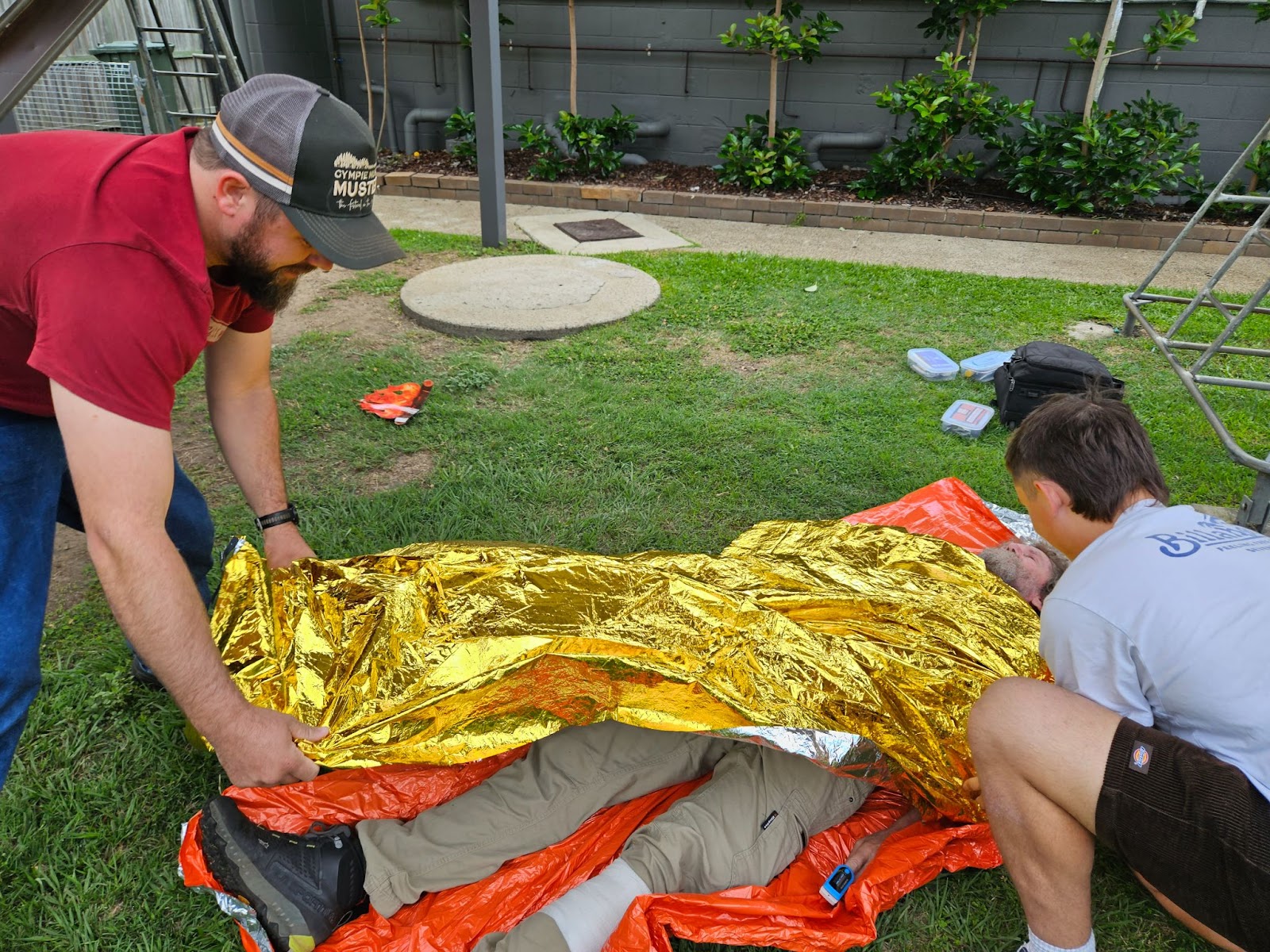
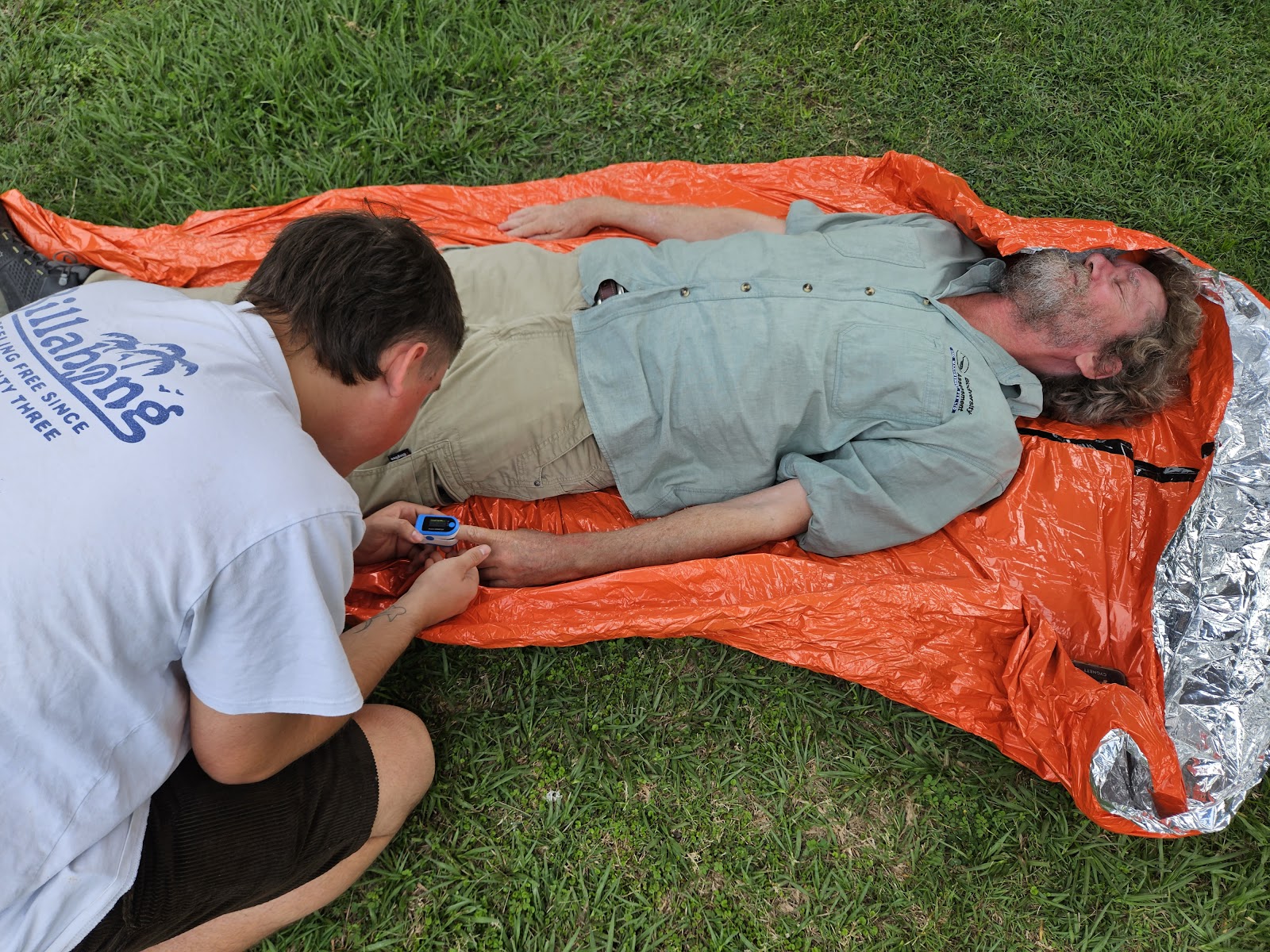
Caption: Practicing how to provide remote first aid to an injured person with hypothermia at the Remote First Aid course in Chermside.
Bushwalkers should make sure to adapt their emergency response, particularly in tropical environments. The priorities of management in first aid are contextualised to marine, alpine, desert, rural/remote settings and tropical environments, including first aid management procedures. This includes specific considerations when providing remote, wilderness and isolated first aid management, such as understanding the duty of care requirements. It’s important to understand the communication systems, equipment and methods available in remote situations as well as basic anatomy and physiology relating to tropical environments. By taking a remote first aid course, you can be better equipped to handle emergencies and save lives in tropical environments.
Campers
If you are like most Australians who like to go camping with the family, knowing how to deal with these common camping injuries is essential:
- Strains, sprains and fractures
- Scrapes and cuts
- Burns, Bites and Stings
- Heat and cold illnesses
- Allergic Reactions, Asthma
- Choking, Spinal Injuries
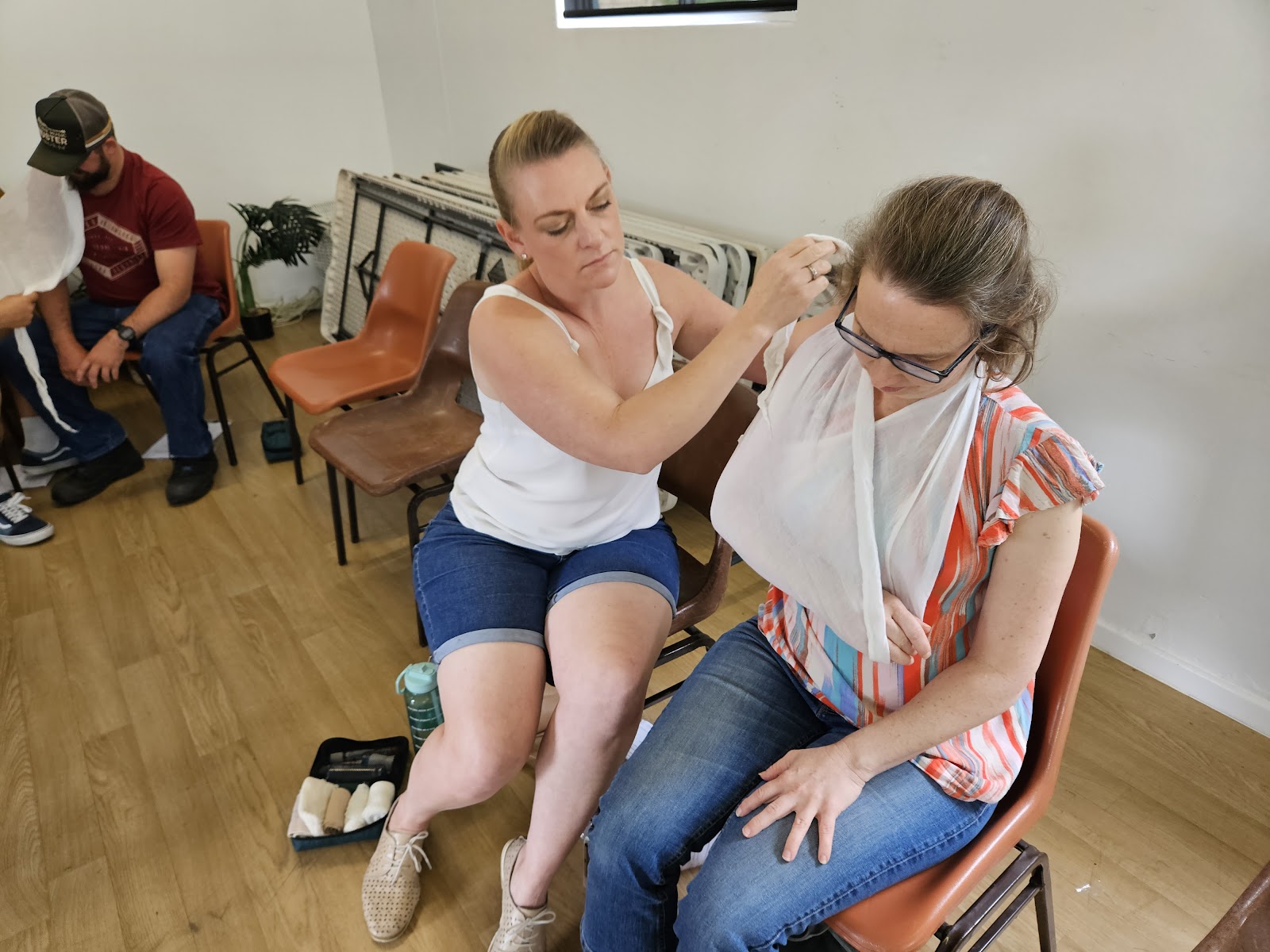
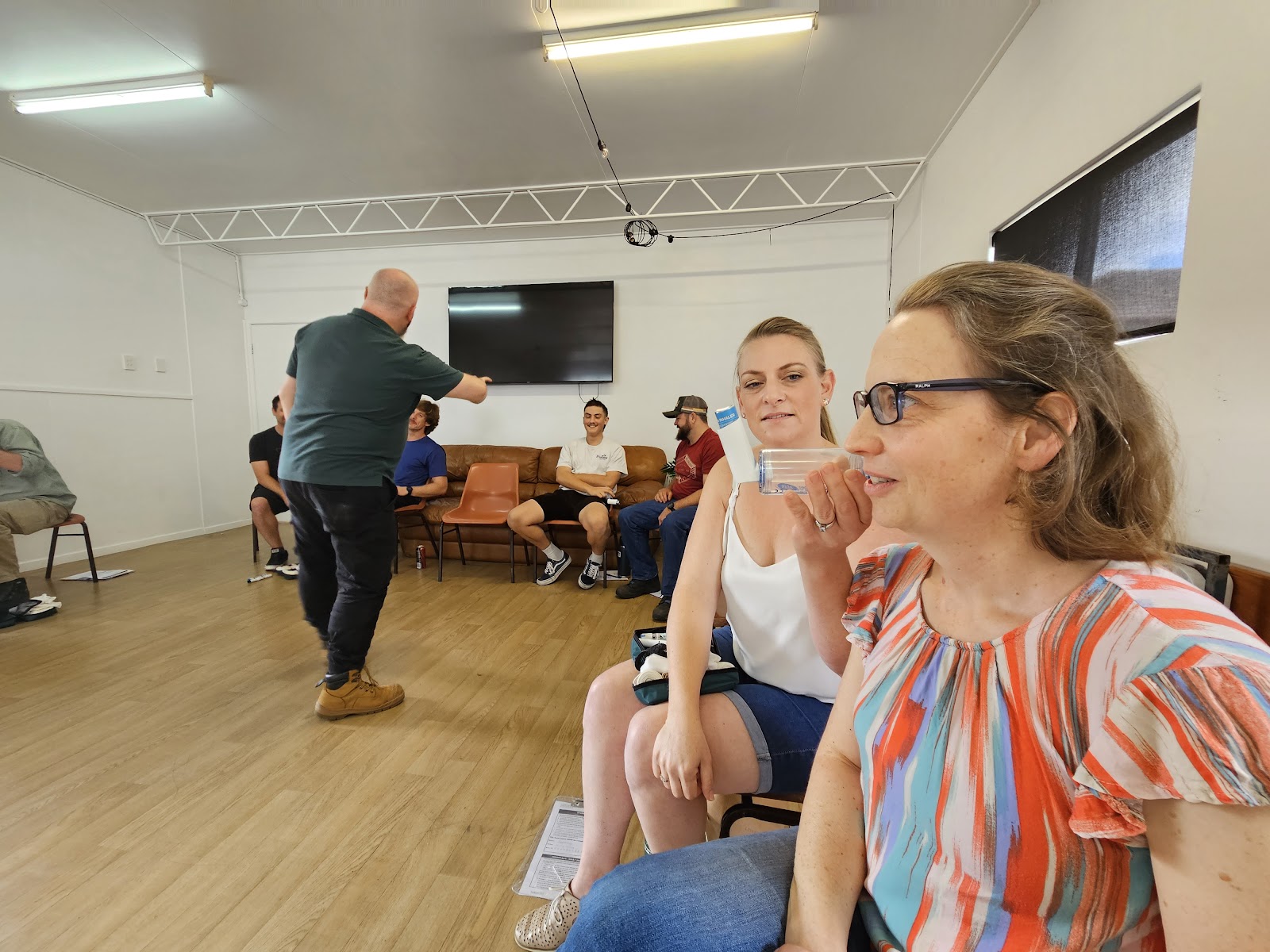
And forget about outdated practices like sucking snake venom; learn how to buy valuable time with a compression bandage instead!
Climbers
Rock Climbing is one of the most popular activities in Australia, especially among teenage students. In one incident in Melbourne, a 16-year-old schoolboy fell from Mount Arapiles and two others were stuck on the cliff. On the same mountain, an older climber suffered a head injury and the rescue team was only able to reach the casualty two hours later.
What would you do in the two hours of waiting for medical help if your mate is the one with a bleeding leg or head injury?
Unfortunately freaking out because it is the first time experiencing it would only make matters worse. Planning and training before going on any climb would get you and your friends to safety, especially if you have strong numeracy skills. Our Remote First Aid course teaches you how to plan a first aid response in isolated areas, including procedures for medical evacuation, as well as techniques for applying bandages, dressings, splints, slings, and stretchers, as well as preparation of an incident report.
Additionally, it covers how to manage an unconscious breathing casualty and follow the single rescuer procedure, including the rotation of operators and the use of an Automated External Defibrillator (AED) and safe manual handling techniques. Note that it is not uncommon for a serious fall to result in spinal injuries and further injury may occur with the wrong type of help, making it crucial to practice on an adult resuscitation manikin during remote first aid courses for climbers.
Remote workers
Even if you’re not an adrenaline seeker but find yourself working in remote areas as a field scientist or mining professional, there are many benefits of planning for emergencies such as car accidents, deep cuts and heavy machinery injuries. Without immediate help, a severe arterial wound could bleed out in just three minutes.
Unfortunately, too few people know how to stop a major bleeding and save a life. But how can you make a difference? The Remote First Aid course includes hands-on practices in using a tourniquet, which would restrict blood flow and stop further blood loss. You will also learn how to use hemostatic dressings to stop bleeding when a tourniquet cannot be used. These tools are literally the life-saver in “bloody” accidents.
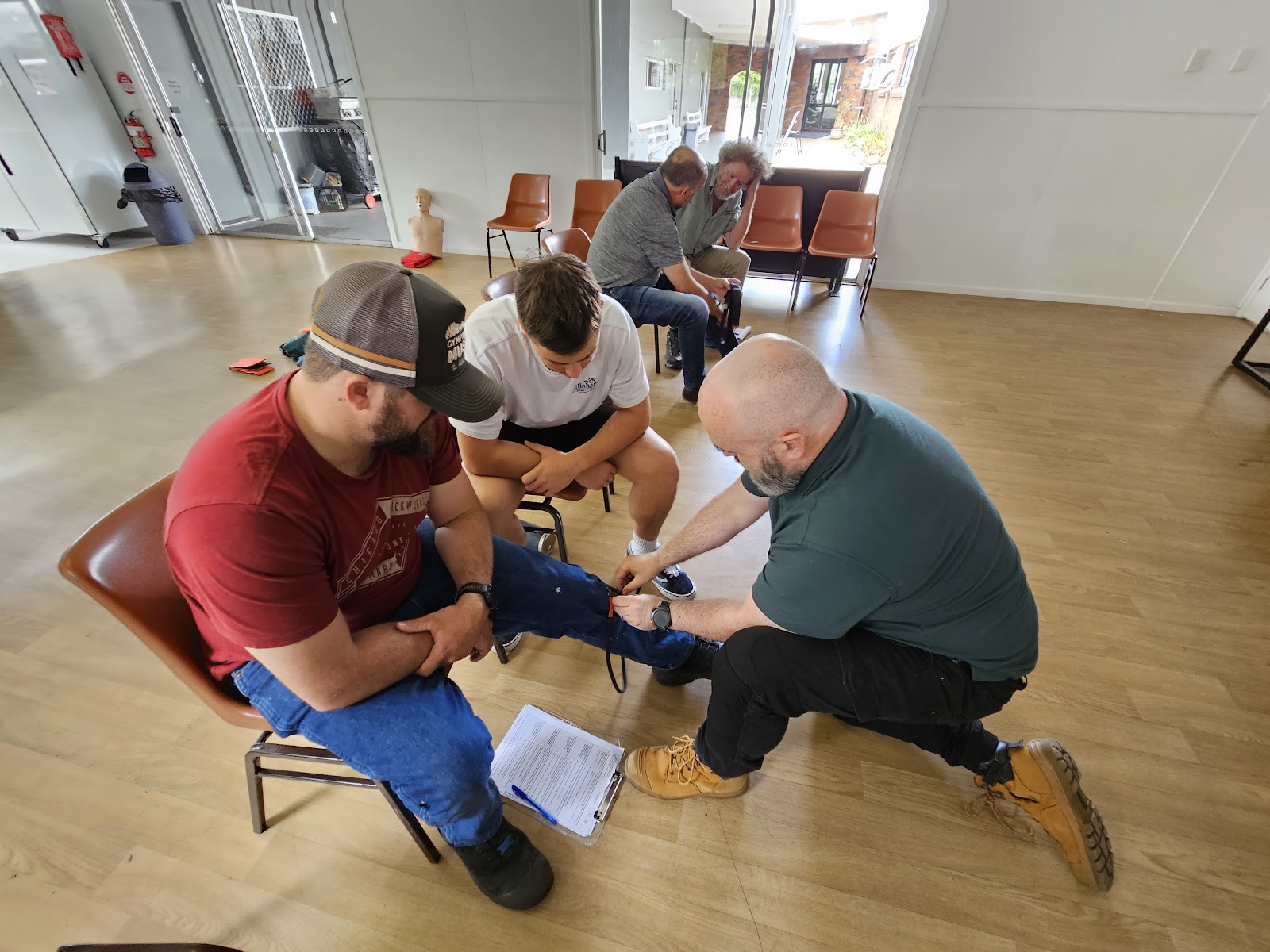
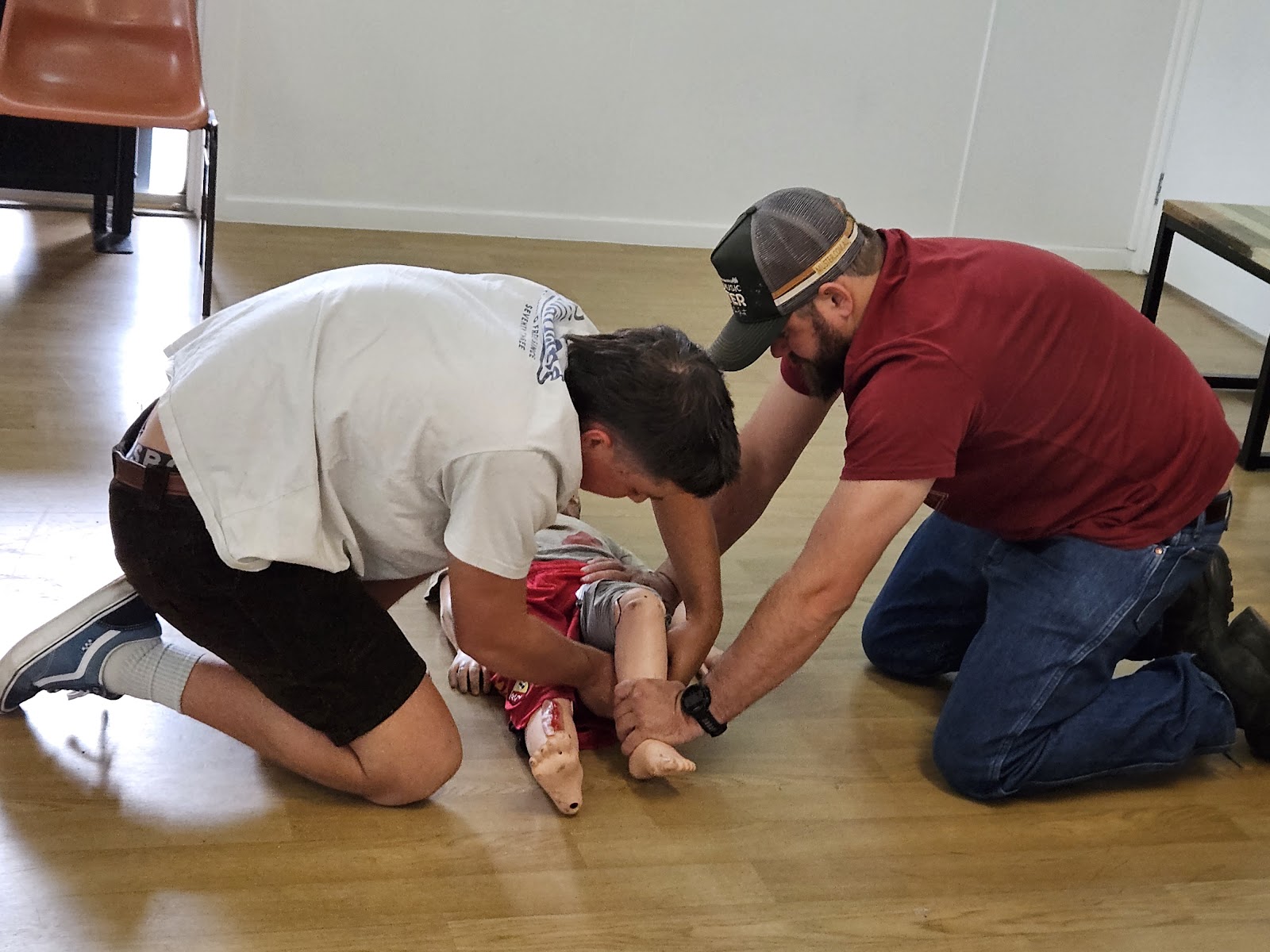
Grey nomads
What’s a better way to spend your retirement on the road as a grey nomad? The option allows you to see the world you’ve been longing for your whole life, without paying nearly as much compared to living at a suburban home.
If you or your family is planning to embark on this exciting lifestyle, make sure you take the time to learn life-saving skills rather than hoping for the best. Trust the old saying “Hope for the best, prepare for the worst.”
Because you are exploring unfamiliar territories, having reliable communication devices for help to find you is especially important.
What Will You Get from Remote First Aid Training?
The Remote First Aid course combines the convenience of online learning and the importance of hands-on training.
Before the practical one-day course, you’ll engage with training videos and quiz yourself at your own pace. In the practical session, be prepared to get hands-on with CPR, fracture management, wound care, and navigating various real-life scenarios that will prove invaluable in your adventure.
Successful participants will walk away not only with life-saving skills but also with a nationally recognised statement of attainment from the Australian Skills Quality Authority (ASQA) on successful completion, including:
- HLTAID013 Provide first aid in remote or isolated site
- HLTAID011 Provide First Aid
- HLTAID010 Provide Basic Emergency Life Support
- HLTAID009 Provide Cardiopulmonary Resuscitation
If you are looking for a remote first aid course in Brisbane, it is important to ensure that the course is delivered in line with state/territory regulations, first aid codes of practice, and Australian Resuscitation Council ARC guidelines and workplace procedures.
The HLTAID013 Provide First Aid in a remote or isolated site unit of competency, is a competency-based course that teaches the skills and knowledge required to provide first aid response and emergency life support to a casualty in remote locations, including the provision of first aid and the HLTAID009 Provide cardiopulmonary resuscitation component of the course. It is recommended by the ARC that this course, also known as the remote situations certificate, be completed every three years to remain current with their guidelines and to be prepared for situations beyond the reach of timely medical assistance.
What is the difference between HLTAID013 and HLTAID011?
HLTAID013 Provide first aid in remote or isolated site and HLTAID011 Provide First Aid are both important courses that equip individuals with life-saving skills. The main difference between these two courses lies in their focus.
HLTAID013 specifically caters to providing first aid in remote or isolated locations. It trains individuals to respond effectively to emergencies when medical assistance is not readily available. This course covers topics such as managing fractures, wound care, and dealing with various real-life scenarios that may arise in remote locations.
On the other hand, HLTAID011 provides a broader foundation in first aid for workers and individuals in urban or suburban environments.
Conclusion
Australia’s remote areas offer a diverse range of landscapes for exploration, making remote first aid knowledge a crucial ally for any adventure. Enroll in a Remote First Aid Course Brisbane today and commit to the safety of yourself and the beauty of our land. Don’t compromise on safety when navigating the challenges of the outdoors; let HLTAID013 be your guide to triumph.

